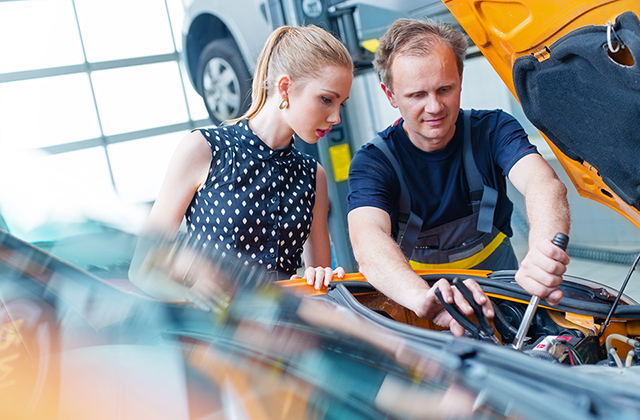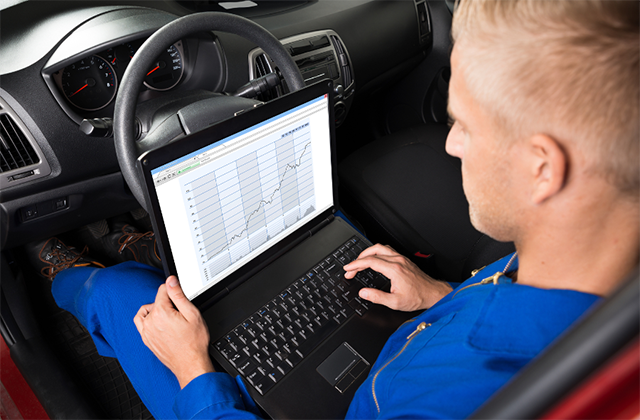
Choosing which garage to get your car serviced at is an important consideration, as your car will need servicing on a regular basis.
There are independent garages and dealer garages. Some people like dealer garages because they know everything about your specific car; and often they could be the company you bought the car from.
The main problem with dealer garages is they charge more than independent garages. That means independent garages are favoured for their lower costs, but also, they are liked because they are quite easily accessible. The problem with these is reputation, and they tend to be smaller businesses. It is important you are aware of certain things when choosing where to have your car serviced.
As a customer, it is always important to ask questions, and it’s a good idea to get an assessment of the price, or request an estimate when you explain what you think is wrong with your car – if indeed there is anything wrong at all (you could just be going in for a fixed-price MOT).
If the price seems too high for the scale of the work needed, challenge this and they may reduce it. You should also research a reliable garage service. Using the internet means you can make car servicing appointments more easily, and further minimise the cost by comparing garage prices.
Main dealer garages tend to charge more than independent garages, but with dealer garages you are guaranteed to speak with reputable dealers who have tie-ins with specific car brands and are therefore bound by high operating standards. If they do a bad job, it reflects badly on their dealership. Asking them to do the car’s MOT as well could mean they may do a more thorough job.
Independent garages are often found in community areas, which means you can foster a relationship of trust if you know the person who owns the garage and know their character. However, independent garages do not know everything about every car, so you need to make sure the garage has familiarity with the brand of car you have. This consideration is often the deal-breaker that makes people opt for dealer services instead.
A car is an investment and, as drivers want to look after their cars, they are therefore willing to pay more for the car service.
If you do want a low cost car service then it is best to find a car centre that can regularly fix your car’s problems. You need to check their policies, reputation and history of customer satisfaction. Some car service companies, for example, give free services for customer loyalty on occasions. It is best to get estimates from different servicing centres before making a decision. You can then compare each and decide on the best deal. You may come across discounts or loyalty bonuses that other car servicing companies may not offer.
Word of mouth is considered when choosing where to get your car serviced. Recommendations – whether it is from family, friends or neighbours – tend to pay off well. Not only could they give you a discount, but may also offer to repair your car again for the foreseeable future. Good contacts therefore lead to a reduction in costs.
It is even better if you have a trained mechanic in your family as you could get work done for nothing or, if it is not their expertise, get advice from them or they may provide you with useful contacts. Local community contacts also may reduce price and tend to have good reputations because they are well known people in local, tight knit areas.
The most important thing, of course, is that your vehicle is serviced fully and any problems are properly dealt with.
With independent garages, people may opt for low cost over the potential quality of the job done. For main dealers, the advantage is they will know all about your car and get the job done fully – but at a potentially greater price.
Many independent garages are very reputable, good value for money and good to go to when you want to avoid the high prices charged by dealers. As time is another factor, you may want to ensure they can get a service or MOT done quickly. In the end, it is down to your own personal preference, financial situation and previous experiences that determine where to get your car serviced.
Matt Robbins – Online Manager of Halfords Autocentre (previously Nationwide Autocentre) have more ATA trained mechanics than any other independent garage group being the UK’s leading provider of Tyres, MOTs and car servicing and repairs across the nation.
For all other enquiries, call 0800 096 4216.
Article Source: http://EzineArticles.com/expert/Matt_Robbins/880501
Article Source: http://EzineArticles.com/6438041

